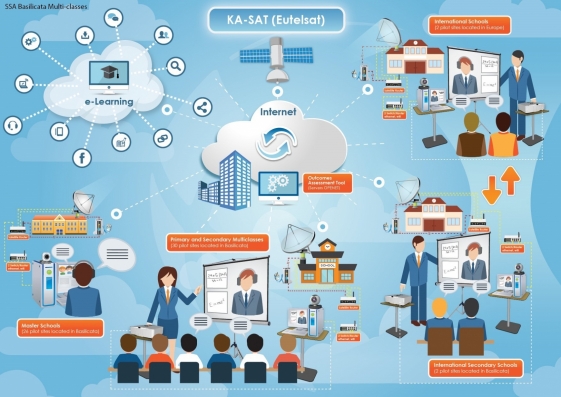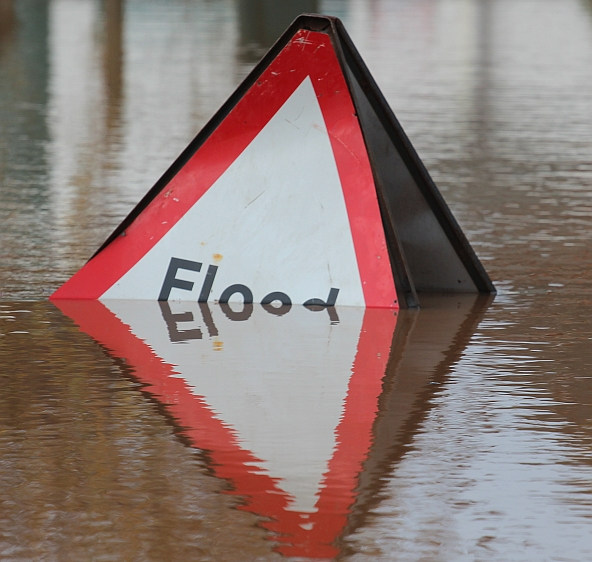Reducing the risk of bird strikes using satellite images and Ascend’s Normalised Difference Water index software (NDWI)
BROWSE PROJECTS
Based on user needs and industry skills, the evolution of customized solutions and the establishment of innovative services is accomplished through project activities. Focusing on various thematic areas, relevant information on the project activities is provided below.
PROTECT
Status date: 28 September 2016
The PROTECT project aims to exploit existing systems and infrastructure in conjunction with applicable space based assets to provide cost-effective added-value technology centred services that provide improved situational awareness to both on-board and shore based stakeholders, based on real-time innovative integration of piracy and sensor information/data.
I-PORT
Status date: 07 September 2016
The I-PORT demonstration project involves creation and demonstration of IT services for optimisation of inter-modal container transport in Ports. The project is a collaboration between AIMES, Avanti Communications Group plc, ContainerPort, exactEarth and Atlantic Containers Ltd and involves deployment of systems within the UK and also in Germany, in collaboration with The Institute of Shipping Economics and Logistics (ISL) and DBH.
PIMSIS
Status date: 01 September 2016
To demonstrate the added value of space assets for the monitoring of the integrity and safety of gas & oil transmission pipelines.
Electronic Offender Monitoring
Status date: 27 April 2016
Electronic Monitoring (EM) is used by several judicial government bodies worldwide to track offenders on probation or subjected to other forms of legal liberty constraints. This Feasibility Study analysed the technical feasibility and economic viability of an EM system/service featuring Galileo, the European Global Navigation Satellite System (GNSS) and using enhanced cartography and imagery obtained through Earth Observation (EO).
TRISS
Status date: 20 July 2016
Humans spend energy and money to plant and manage trees in their habitat. Tree information is essential to enable rational management: Tree numbers, their position, height, crown size, health, habitat condition and species are relevant to professionals managing both urban and rural environments. This feasibility study focused on satellite based services providing or updating tree information.
HAMS
Status date: 01 July 2016
Using Satellite applications in conjunction with terrestrial sensors to better monitor and understand heritage assets. The nature of maintaining a large portfolio of heritage assets provides a large opportunity to use remote sensing techniques to deliver a more efficient method for monitoring distributed assets.
BIOSCOPE
Status date: 05 July 2016
Agriculture is becoming more and more data driven and farmers are in demand of relevant, fresh information about their crops for location specific treatment. BIOSCOPE sets up a unique service based on satellite imagery when possible and drone imagery as backup when clouds prevent an undisturbed view.
SIS-SREM Feasibility Study
Status date: 03 June 2015
The SIS-SREM (Safety and Information Systems for Ski Resorts in Emerging Markets) feasibility study investigates and assesses the technical feasibility and commercial viability of a sustainable service which will support the management of ski resorts (development, operation, maintenance) in order to reduce the operational cost and services which support safety and enjoyment of their visitors.
SHM Telecom Towers
Status date: 02 July 2014
The project “SHM for Telecom Towers” aims at developing a remote monitoring service to support the assessment of the structural integrity of assets, as the towers for Radio-TV Broadcasting or other metal infrastructures, in order to increase safety and optimize the maintenance procedures and promote the transition from a time-based maintenance to a condition-based one.
SASISA
Status date: 25 January 2016
SASISA (Small-Aircraft Service for Instant Situational Awareness) supplies airborne situational awareness support for civil protection operations in the early phases of disaster response. Remote sensing results have often only been accessible after several days. With delivery of georeferenced imagery via satellite broadband during flight and value-added mapping products within a day, SASISA offers transformational change to European emergency management services.




































